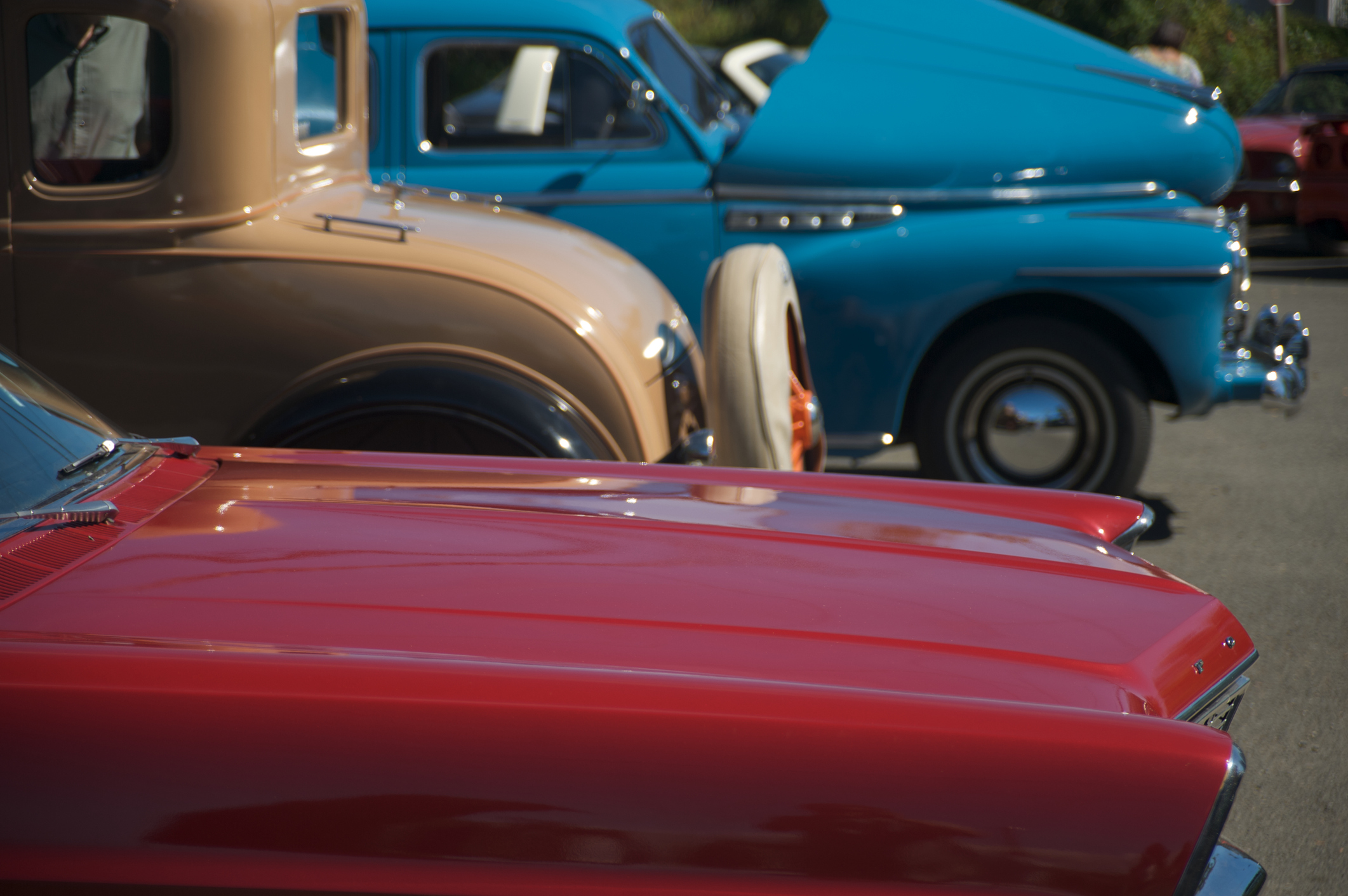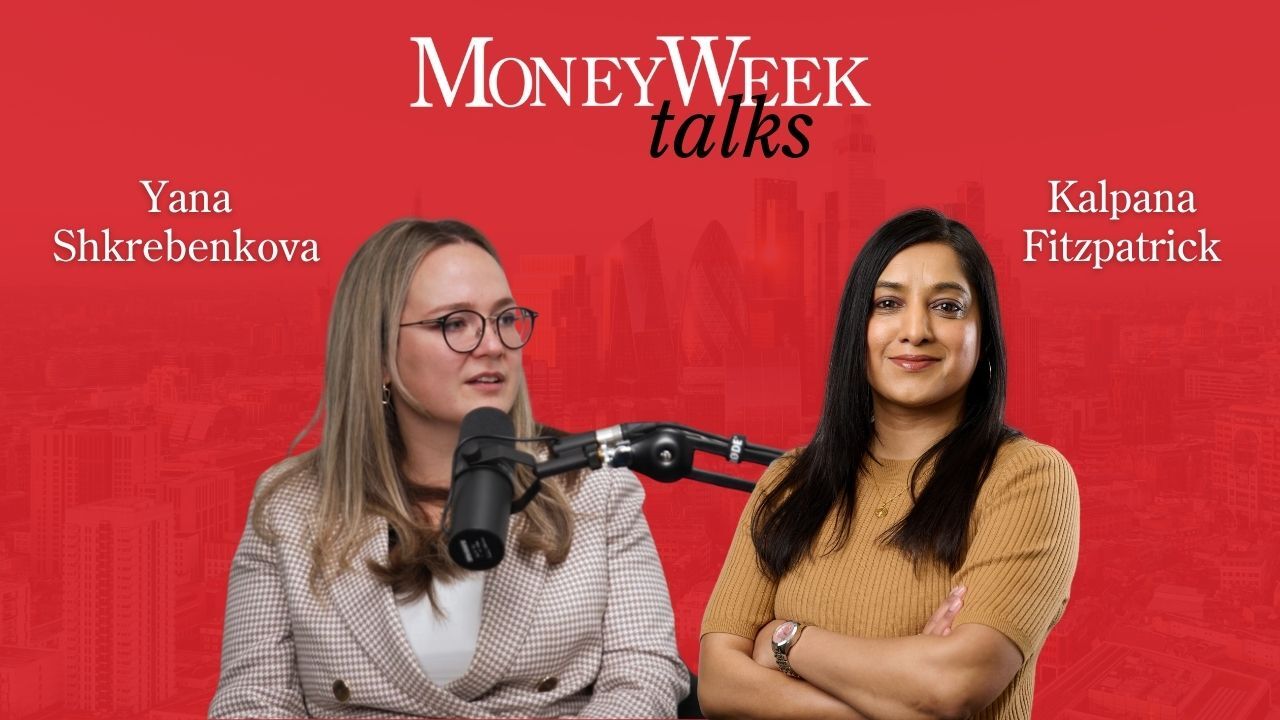Are collectable cars from the 1980s making a comeback?
Collectable cars from the 1980s are starting to overtake models from earlier decades.


The wheels started to slide off their axles in the collectable cars market last year. Prices edged lower in what had been up until then a zooming market. “The value of the HAGI Top index [which tracks collectable car prices] was up 22% in 2022, so a retreat of 6% isn’t all that bad,”
Dietrich Hatlapa, founder of Historic Automobile Group International (HAGI), tells Knight Frank’s The Wealth Report 2024. “It’s a very small market so it only takes a minor change in portfolio allocations to have an effect, and there has also probably been a degree of profit taking,” he says.
That we saw a correction in classic car prices really isn’t all that surprising when looked at in the rearview mirror. By last summer, the cost of living had “started to bite, and that affected sellers who started to offload their least-precious cars, often expecting them to return at least what the vehicle had cost them”, says John Mayhead of specialist car insurance and research firm Hagerty.
MoneyWeek
Subscribe to MoneyWeek today and get your first six magazine issues absolutely FREE

Sign up to Money Morning
Don't miss the latest investment and personal finances news, market analysis, plus money-saving tips with our free twice-daily newsletter
Don't miss the latest investment and personal finances news, market analysis, plus money-saving tips with our free twice-daily newsletter
“Meanwhile, buyers were becoming more careful with their money, especially as they were no longer able to borrow at the ultra-low rates they had been accustomed to for so long.” Prices deflated across the board. Almost a third of car models tracked on the UK Hagerty Price Guide rose in value in 2023 (compared with 86% in 2022 and 48% in 2021), with prices for more prosaic cars from recent decades holding up. Two-litre and under engines “on average gained value” in contrast to three-litre and higher engines.
Hatlapa names BMW and Lamborghini as high-end marques that “bucked the trend in 2023” (rising 9% and 18% respectively), as they “appeal to a younger breed of collector”. It is certainly true some collectors were still willing to pay high prices. A 1962 Ferrari 330 LM / 250 GTO sold for $51.7m with RM Sotheby’s last November. Then again, the very top of the market operates “by its own rules”, as Joe D’Allegro notes on CNBC. Customers have to be invited to buy some of Ferrari’s newest special editions, and those cars tend to only increase in value.
Those buyers with the deepest pockets tend to be of the older “Boomer” generation, and that age group is gradually “leaving the market”, as Hagerty’s Mayhead puts it. The succeeding “Gen X” (born between 1965 and 1980) has been picking up the slack as they reach “peak earning capacity”, but “the real growth [in the market] has been in younger drivers”, he says.
What’s more, different generations tend to be interested in different cars. “What people like when they’re younger becomes collectable when they’re older,” Daniel Strohl, former editor of collectable-car publication Hemmings Daily, tells CNBC. “We saw that with the muscle cars Boomers collected, and we’re seeing it now with the 1980s trucks and Japanese imports that are popular with younger collectors.” Mayhead agrees: “For those guys, a whole new world of 1980s-and-newer classics are the ones they aspire to.”
Are collectable cars still a valuable investment?
Hagerty named the 1985-1991 Ford Escort RS Turbo in its latest annual “Bull Market List” of the eight collectable cars “primed for growth” in 2024. The RS Turbo captures “the zeitgeist of 1980s Britain” and one example, admittedly once owned by Princess Diana, fetched £722,500 with Silverstone Auctions in 2022. Otherwise, a model in top “Concours” condition is worth £35,800. The 1999-2010 Honda S2000 is another car to make the list, and it ticks the Japan box. A Concours condition model could be worth £22,000.
Finally, environmentalism is a topic that tends to be close to the hearts of younger buyers and for collectable cars that means going electric – even going so far as to replace petrol and diesel engines in older classic cars with electric motors. “Such conversions are starting to catch on in the high-end car collector scene,” says Alejandro de la Garza in Time magazine. But if your wallet doesn’t stretch so far, there’s a Japanese option closer to home that’s already electric and, despite its youth, fast becoming a classic – the humble Honda e.
The e was a “very expensive city car”, costing around £37,000 when it was introduced in 2020, says Leon Poultney on TechRadar. “Its puny 137- mile range is now laughable compared to much more affordable rival machines,” but there is an affection for it. A low-mileage second-hand model can be snapped up for £16,500 online. Better yet, Honda’s recent announcement that it will stop making the model could see prices rising again, says Poultney. In other words, the little Honda e could “potentially [become] one of the first genuinely collectable electric vehicles”.
This article was first published in MoneyWeek's magazine. Enjoy exclusive early access to news, opinion and analysis from our team of financial experts with a MoneyWeek subscription.
Get the latest financial news, insights and expert analysis from our award-winning MoneyWeek team, to help you understand what really matters when it comes to your finances.

-
 Will fintechs change the way you invest?: MoneyWeek Talks
Will fintechs change the way you invest?: MoneyWeek TalksPodcast MoneyWeek's digital editor, Kalpana Fitzpatrick, speaks to Revolut Trading CEO Yana Shkrebenkova about how fintechs are changing the way people approach investing.
-
 Six steps business owners should consider before April inheritance tax relief change
Six steps business owners should consider before April inheritance tax relief changeNew limits to inheritance tax-free allowances are coming in from the Spring that affect business owners. Those looking to sell or transfer their assets into a trust before the changes need to act now
-
 Profit from pest control with Rentokil Initial
Profit from pest control with Rentokil InitialRentokil Initial is set for global expansion and offers strong sales growth
-
 Three funds to buy for capital growth and global income
Three funds to buy for capital growth and global incomeOpinion Three investment trusts with potential for capital growth, selected by Adam Norris, co-portfolio manager of the CT Global Managed Portfolio Trust
-
 Fine-art market sees buyers return
Fine-art market sees buyers returnWealthy bidders returned to the fine-art market last summer, amid rising demand from younger buyers. What does this mean for 2026?
-
 PayPoint: a promising stock for income-seekers
PayPoint: a promising stock for income-seekersPayPoint, a household name across Britain, is moving away from its traditional roots toward a digital future. Investors after a steady income should buy in
-
 Investing in forestry: a tax-efficient way to grow your wealth
Investing in forestry: a tax-efficient way to grow your wealthRecord sums are pouring into forestry funds. It makes sense to join the rush, says David Prosser
-
 The MoneyWeek investment trust portfolio – early 2026 update
The MoneyWeek investment trust portfolio – early 2026 updateThe MoneyWeek investment trust portfolio had a solid year in 2025. Scottish Mortgage and Law Debenture were the star performers, with very different strategies
-
 Pundits had a bad 2025 – here's what it means for investors
Pundits had a bad 2025 – here's what it means for investorsThe pundits came in for many shocks in 2025, says Max King. Here is what they should learn from them
-
 The MoneyWeek ETF portfolio – early 2026 update
The MoneyWeek ETF portfolio – early 2026 updateThe MoneyWeek ETF portfolio had a solid year in 2025 and looks well placed for what the next 12 months may bring